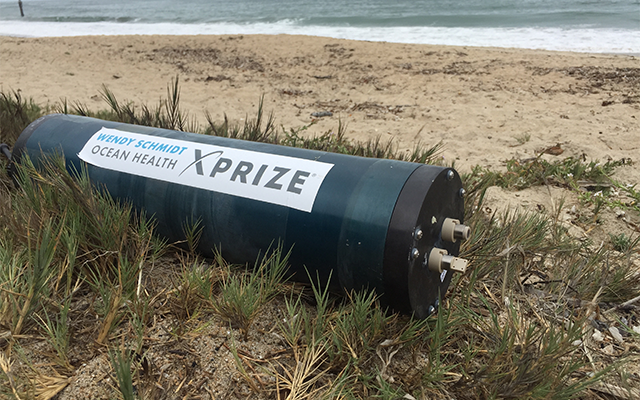The liquid-filled electrode used by most pH sensors is a tried and tested method of obtaining in-situ pH data. However this design has noteworthy limitations for use in the ocean: the electrochemical properties of these electrodes make them notoriously unstable in seawater, and a liquid reference generally requires a junction that is intolerant of high pressures, keeping it out of the deeper reaches of the ocean.
Enter the solid-state Ag/AgCl reference electrode: originally (and still included) on the Shallow SeaFET, it has been refined for use on the 2000m capable Deep SeapHOx. Along with the ISFET pH sensor and a pressure-tolerant housing, the little Ag/AgCl puck is helping open the door for high-quality pH measurements across a broader range of temperature and pressure than ever before.
Sea-Bird Scientific vetted this technology in 2015 in the Wendy Schmidt Xprize

